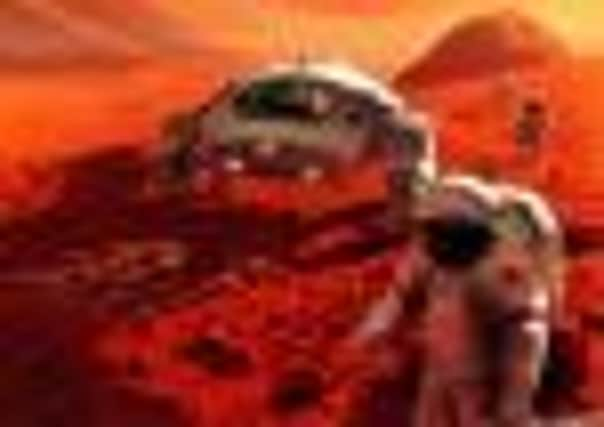Nasa finds a parking spot in space


The “gateway spacecraft” would be stationed at the Earth-Moon Lagrange Point 2 – located 277,000 miles from Earth – where the two celestial bodies’ gravitational fields and orbital motions cancel out one another, providing a stationary parking spot in deep space.
It could be constructed using leftover parts from the $100 billion (£77bn) International Space Station, a research post that orbits just 220 miles above the Earth, and would serve as an initial reference point and testing ground for Nasa’s ultimate missions – a crewed voyage to an asteroid and a manned Mars odyssey, targeted for the 2030s.
Advertisement
Hide AdAdvertisement
Hide AdIn the nearer term, however, it would provide a platform for robotic missions to the Moon’s unexplored far side.
Winning the political will to fund such a venture could be a major hurdle. Charlie Bolden, head of the US space agency, is said to have briefed White House officials on the proposal, but there has been no word on their response.
To reach EM-L2, astronauts would travel in the Orion space capsule, a vehicle being built as the replacement for the now-retired space shuttle fleet. Orion will launch aboard the “Space Launch System”, scheduled to make its first test flight in 2017, by which time the US will have spent $18bn on its development.
Dan Lester, an astronomer at the University of Texas who has worked on feasibility studies for the EML-2 project, said last night: “It wouldn’t be politically smart to say, ‘We’re going to invest billions in Orion and a new rocket’, then when it’s all done you don’t have any money to use them.
“It’s important to say, ‘If we’re going to have this capsule and a big rocket to lift it, where’s the cheapest – but still valuable – place to send them?’. And that’s probably one of the Lagrange points.”
Because the far side of the Moon never faces Earth, robotic probes have never been sent there, as ground controllers would have no means of communicating with them. A gateway spacecraft could act as a command centre able to provide a direct communications link.
Nasa has worked with partners including the Lunar University Network for Astrophysics Research Centre (Lunar), in Colorado, to assess the feasibility of sending unmanned rovers to pluck rocks from the surface and shuttle them back to the L2 way-station, focusing on a region called the South Pole Aitken Basin. Measuring 1,600 miles and 8.1 miles deep, it is the largest impact crater in the solar system, containing materials formed billions of years ago at the birth of the universe.
“The Moon is our history book, it’s just sitting up there waiting for us to turn the pages,” said Jack Burns, a professor of astrophysics at the University of Boulder, Colorado, and director of the Lunar Centre. “We’ve never been to the far side, either robots or humans, yet it is dramatically different to the near-side. It’d be a huge game-changer in terms of exploration.”
Advertisement
Hide AdAdvertisement
Hide AdThough the idea for a gateway spacecraft is one of several that have been floated previously for establishing “stepping stones” to Mars, Nasa – which has conducted an appraisal in tandem with international space partners and drawn up planning papers – presented its vision to the White House earlier this month, according to the Orlando Sentinel.
But getting the job done would require a “culture change” within Nasa and the federal government. Internal documents are said to note that establishing such an outpost would carry a “significantly different” level of risk to that inherent in the space shuttle programme, during which 14 astronauts died.
For example, astronauts flying to, and staying at, L2 would be exposed to increased solar radiation levels.